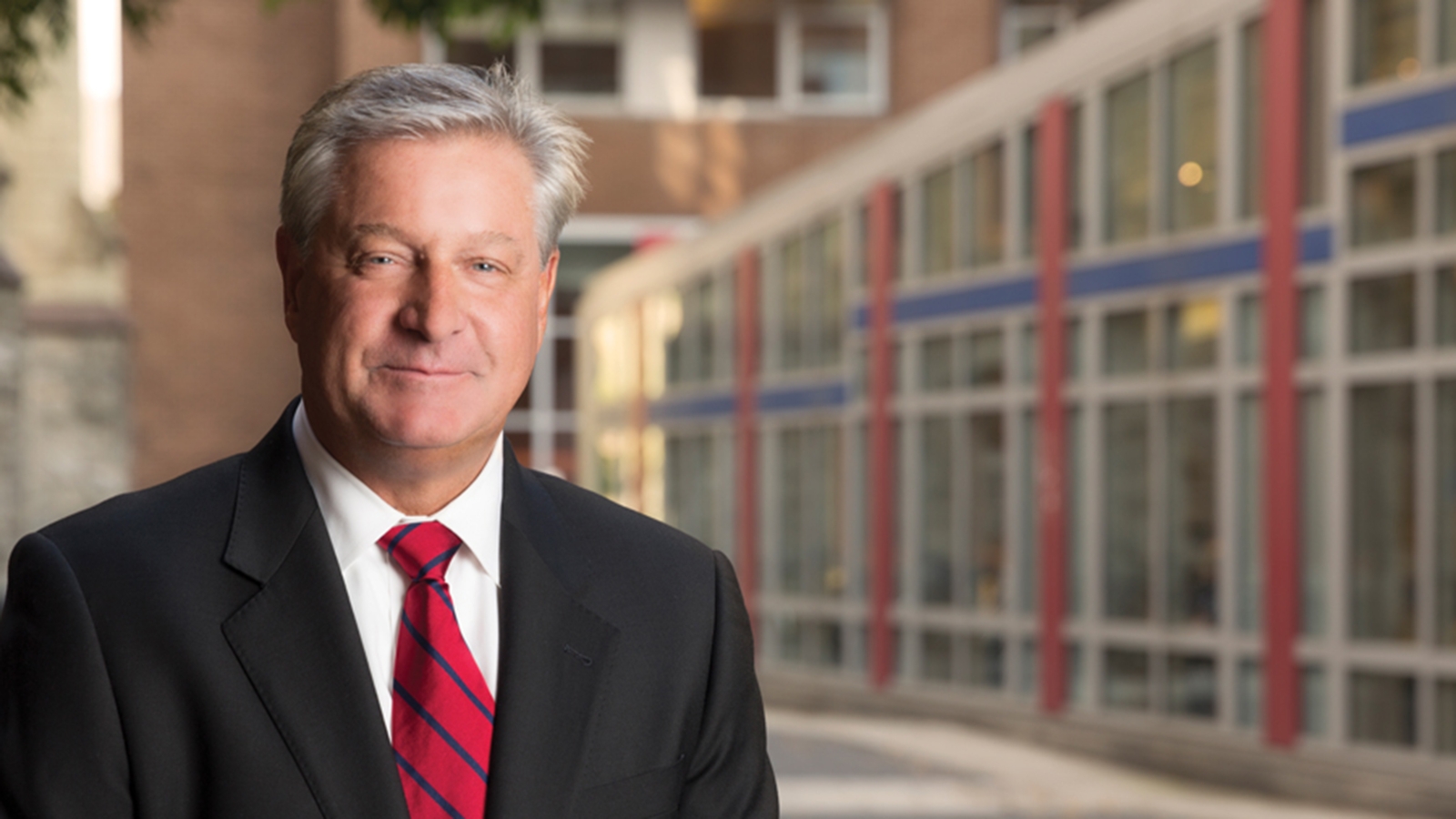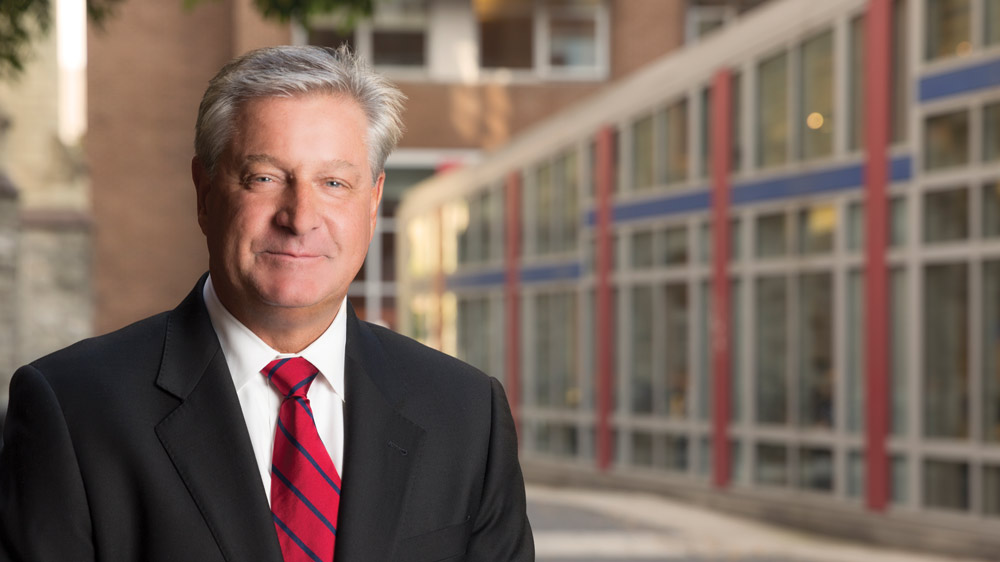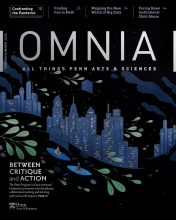Advancing knowledge always involves uncovering connections previously unimagined—between disciplines, ideas, and even atoms. In our physics and chemistry labs, we have a number of scientists whose work is opening the doors to the development of new materials with properties that were unimaginable 20 years ago. Take graphene, for example—a super-thin material formed by a single layer of carbon atoms arranged in a two-dimensional lattice. By virtue of the connections between atoms, the material combines flexibility and strength in a way that some have described as miraculous.
In recent weeks, I’ve been reminded of the power of connection as I have watched the response of our community to the COVID-19 pandemic. As students and faculty left campus, losing access to the spaces and resources that are part of what makes Penn great, many were already working to build a new set of connections, ones that sustain our community and continue our shared mission of advancing research and knowledge.
Faculty and staff worked quickly and collaboratively to meet the challenge of converting the final six weeks of their semester into remote learning courses. In the Department of Physics and Astronomy, Jose Vithayathil, a research specialist, and Bill Ashmanskas, a senior lecturer, assembled and sent lab kits to students in a laboratory electronics course so they could perform experiments from home, allowing students to build and measure real circuits in addition to using a computer simulation. Biology’s David Roos, an expert in infectious diseases, held virtual office hours over spring break to talk to students—and their families—about the science behind what they were seeing on the news. Anne Berg of History created an online platform for students to showcase their research findings, and the Department of Music experimented with virtual performances, demonstrating that our humanists and artists play an important role in shepherding knowledge and sustaining our spirits.
Faculty have also proven incredibly nimble in shifting their focus to the crisis at hand. Geneticist and biologist Sarah Tishkoff is studying the correlation between COVID-19 susceptibility and the expression of certain proteins, while Biology’s Josh Plotkin has researched how interventions such as social distancing can be timed for optimum effectiveness. Julia Lynch of Political Science created guidelines for hospitals to help them make decisions on how to allocate resources in times of medical scarcity. And Philosophy’s Kok-Chor Tan has been advancing conversations on critical issues like justice and health outcomes.
Contributions like these reinforce what I have long said about the power of the arts and sciences. COVID-19 has reminded us just how connected we all are and that no person, nation, or challenge is an island. The full power of the natural sciences, social sciences, and humanities is necessary to answer this global challenge, one that has so quickly altered how we live in the world. The liberal arts are a collective force for creating new knowledge across disciplines and borders and responding to ever-changing problems with flexibility and critical thinking.
This brings me to the incredible resilience of our students. This is not the spring semester any of them imagined, but they have exhibited strength and determination as they find new ways to learn. They are showing us that commitment can be sustained from a distance—like the undergrads studying elections who are shifting attention to voter mobilization in their home communities and the graduate students whose research and teaching demonstrates the value and primacy of the humanities.
Every person in the School— from our dedicated IT staff who worked long hours to the security staff who continue to safeguard campus—has played an important role in ensuring that our new virtual community will thrive until we are again able to work and learn in the classrooms, laboratories, dorms, and offices of Penn Arts & Sciences.
While the fabric of our community has been stretched and tested, it’s gratifying to see how it remains strong, and flexible, and focused on advancing our overall mission, which remains as relevant as ever.





